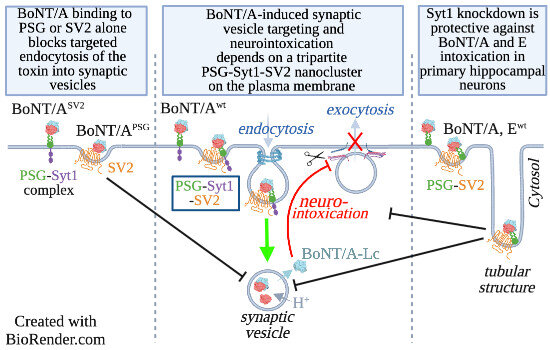
Botox, a medication created from a lethal biological molecule, accesses brain cells in a specific way, according to research from The University of Queensland.n
Professor Frederic Meunier and Dr. Merja Joensuu from the Queensland Brain Institute at UQ have identified the precise chemical process by which the extremely lethal Botulinum neurotoxin type-A, more commonly known as Botox, penetrates neurons. The EMBO Journal has the research as a published article.nn
“We used super-resolution microscopy to show that a receptor called Synaptotagmin 1 binds to two other previously known clostridial neurotoxin receptors to form a tiny complex that sits on the plasma membrane of neurons,” Professor Meunier said.n
“The toxin hijacks this complex and enters the synaptic vesicles which store neurotransmitters critical to communication between neurons.n
“Botox then interrupts the communication between nerves and muscle cells, causing paralysis.”n
The discovery means new therapeutic targets can be identified to develop effective treatments for botulism—a rare but potentially fatal bacterial infection.n
“Now we know how this complex allows the toxin internalization, we can block interactions between any two of the three receptors to stop the deadly toxins from getting into neurons,” Professor Meunier said.n
The injectable drug Botox was originally developed to treat people with the eye condition strabismus, but was quickly found to alleviate migraine, chronic pain, and spasticity disorders.n
Now, it’s regularly used in plastic surgeries and is commonly known as a cosmetic treatment to smooth wrinkles.n
Dr. Joensuu said just how the neurotoxin worked to relax muscles has previously been difficult to track.n
“Clostridial neurotoxins are among the most potent protein toxins known to humans,” Dr. Joensuu said.n
“We now have a full picture of how these toxins are internalized to intoxicate neurons at therapeutically relevant concentrations.”
More information:
Merja Joensuu et al, Presynaptic targeting of botulinum neurotoxin type A requires a tripartite PSG?Syt1 ? SV2 plasma membrane nanocluster for synaptic vesicle entry, The EMBO Journal (2023). DOI: 10.15252/embj.2022112095
University of Queensland
nn
